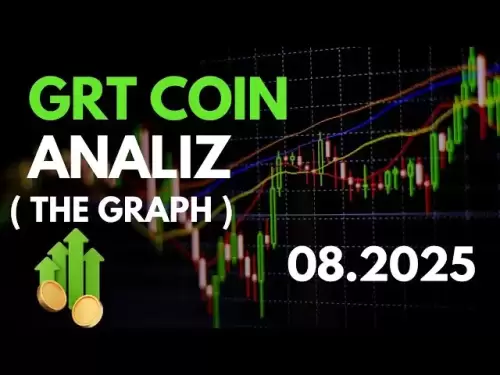-
 Bitcoin
Bitcoin $119300
2.40% -
 Ethereum
Ethereum $4254
-0.20% -
 XRP
XRP $3.184
-1.38% -
 Tether USDt
Tether USDt $1.000
0.00% -
 BNB
BNB $803.9
0.58% -
 Solana
Solana $183.1
1.50% -
 USDC
USDC $0.0000
0.01% -
 Dogecoin
Dogecoin $0.2339
-2.87% -
 TRON
TRON $0.3384
0.88% -
 Cardano
Cardano $0.8018
-0.29% -
 Hyperliquid
Hyperliquid $45.13
3.14% -
 Chainlink
Chainlink $22.10
0.96% -
 Stellar
Stellar $0.4439
-0.94% -
 Sui
Sui $3.875
-0.73% -
 Bitcoin Cash
Bitcoin Cash $570.7
0.24% -
 Hedera
Hedera $0.2589
-2.90% -
 Ethena USDe
Ethena USDe $1.001
-0.01% -
 Avalanche
Avalanche $23.83
-1.73% -
 Litecoin
Litecoin $123.8
2.61% -
 Toncoin
Toncoin $3.351
-1.13% -
 UNUS SED LEO
UNUS SED LEO $9.103
1.13% -
 Shiba Inu
Shiba Inu $0.00001356
-1.40% -
 Uniswap
Uniswap $10.93
-0.19% -
 Polkadot
Polkadot $4.057
-1.97% -
 Dai
Dai $1.000
0.01% -
 Cronos
Cronos $0.1646
4.66% -
 Ethena
Ethena $0.7974
8.11% -
 Pepe
Pepe $0.00001208
-2.89% -
 Bitget Token
Bitget Token $4.445
-1.70% -
 Monero
Monero $268.8
-2.00%
How is Bybit's handling fee calculated?
Bybit's fee structure includes maker rebates and taker fees, influenced by trading volume, BIT token use, and specific trading pairs, with potential discounts during promotions.
Mar 28, 2025 at 03:56 pm
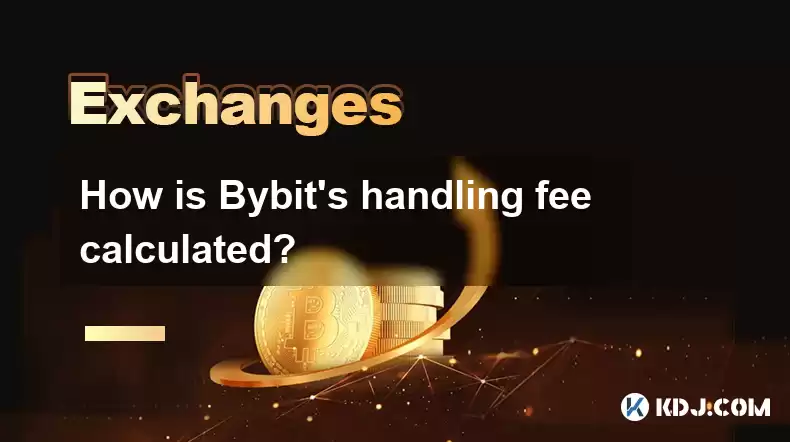
Bybit, a popular cryptocurrency exchange, charges fees for various trading activities. Understanding how these fees are calculated is crucial for maximizing profits and managing trading costs effectively. This article delves into the specifics of Bybit's fee structure, clarifying the different fee types and how they are determined.
Bybit's Maker and Taker Fees
The core of Bybit's fee structure revolves around the distinction between maker and taker orders. This system incentivizes users to contribute to liquidity.
Maker Orders: These are orders that add liquidity to the order book. They are placed at a price better than the current best bid or ask. Bybit typically offers a rebate for maker orders, essentially meaning you receive a small payment for adding liquidity. The specific rebate percentage depends on your trading volume and Bybit's current fee schedule. Check their website for the most up-to-date information.
Taker Orders: These are orders that remove liquidity from the order book. They are filled immediately at the best available price. Bybit charges a taker fee for these orders. Like maker rebates, the taker fee percentage is influenced by your trading volume and Bybit's fee structure. Higher trading volumes often result in lower fees.
Factors Influencing Bybit's Trading Fees
Several factors influence the precise amount of fees you pay or receive on Bybit:
Trading Volume: Bybit employs a tiered fee system. The more you trade, the lower your fees (or higher your rebates) will be. This encourages high-volume traders and rewards loyalty. The specific tiers and corresponding fees are clearly outlined on Bybit's website.
BYBIT Token (BIT): Holding and using BIT, Bybit's native token, can significantly reduce your trading fees. Bybit often offers discounts for users who hold and use BIT for fee deductions. This is a powerful incentive to participate in the Bybit ecosystem.
Specific Trading Pairs: Fees might vary slightly depending on the specific cryptocurrency pair being traded. While the general fee structure applies broadly, minor differences can exist between pairs. Always confirm the fee for your chosen pair before executing a trade.
Contract Type: The type of contract you are trading (e.g., perpetual contracts, futures contracts) may have different fee structures. Perpetual contracts, for instance, often have slightly different fee calculations than futures contracts.
Promotional Offers: Bybit frequently runs promotions that temporarily alter their fee structure. These promotions can offer reduced fees or increased rebates for a limited time. It's crucial to stay informed about any ongoing promotional offers.
Calculating Your Fees: A Step-by-Step Guide
While the exact calculation requires accessing Bybit's real-time fee schedule, the process generally follows these steps:
Identify your order type: Determine if your order is a maker or taker order.
Check your trading volume tier: Based on your 30-day trading volume, find your corresponding tier on Bybit's fee schedule.
Determine your fee rate: Locate the maker rebate or taker fee percentage for your tier and chosen trading pair.
Calculate the fee: Multiply your trade size (in USD value or cryptocurrency equivalent) by the fee rate. Remember that maker orders result in a negative fee (a rebate).
Apply BIT discounts (if applicable): If you're using BIT for fee deductions, apply the relevant discount to your calculated fee.
Beyond Trading Fees: Other Charges
While trading fees are the most prominent charges, it's important to be aware of other potential fees:
Withdrawal Fees: Bybit charges fees for withdrawing cryptocurrencies. These fees vary depending on the specific cryptocurrency and the network used for the withdrawal. The exact fees are always clearly displayed before you initiate a withdrawal.
Funding Fees (for Perpetual Contracts): Perpetual contracts may incur funding fees, which are payments made between long and short positions to ensure the price of the contract tracks the underlying asset's price. These fees are usually small and depend on the interest rate differential between the contract and the spot market.
Frequently Asked Questions
Q: How often does Bybit update its fee structure?
A: Bybit's fee structure can be updated periodically. It's advisable to check their official website for the most current information before executing trades.
Q: Can I see my trading fees in my Bybit account history?
A: Yes, your trading fees (and rebates) are usually clearly displayed in your Bybit transaction history. You can access this information through your account dashboard.
Q: What happens if I don't have enough BIT to cover the trading fees?
A: If you don't have sufficient BIT to cover the fees, the fees will be deducted directly from your trading balance.
Q: Are there any hidden fees on Bybit?
A: Bybit strives for transparency. All significant fees are clearly disclosed. However, always carefully review the fee schedule and terms of service before using the platform.
Q: How do I calculate my funding fees for perpetual contracts?
A: The funding fee calculation for perpetual contracts is usually based on the interest rate differential between the contract and the spot market, multiplied by your position size. The exact formula is usually provided by Bybit.
Q: Does Bybit offer any other ways to reduce trading fees besides using BIT?
A: Bybit sometimes offers promotional periods with reduced fees. High trading volume also earns lower fees. Staying informed about these options can help minimize your trading costs.
Disclaimer:info@kdj.com
The information provided is not trading advice. kdj.com does not assume any responsibility for any investments made based on the information provided in this article. Cryptocurrencies are highly volatile and it is highly recommended that you invest with caution after thorough research!
If you believe that the content used on this website infringes your copyright, please contact us immediately (info@kdj.com) and we will delete it promptly.
- Bitcoin FilmFest 2026: Warsaw's Unexpected Crypto-Cinema Blockbuster
- 2025-08-11 14:30:12
- MultiBank Group's Record Results and the Rise of the MBG Token: A New Era in Finance?
- 2025-08-11 14:30:12
- Dogecoin, Toncoin, and Cold Wallet: Navigating Crypto's Latest Waves
- 2025-08-11 12:30:11
- Ethereum's Resilience: Short Liquidations and Key Support Levels
- 2025-08-11 12:50:12
- Bitcoin Price Rockets Towards $121,000: What's Fueling the BTC Surge?
- 2025-08-11 13:10:12
- Bitcoin's Open Interest Surges 45%: Is $150K Next?
- 2025-08-11 13:30:12
Related knowledge
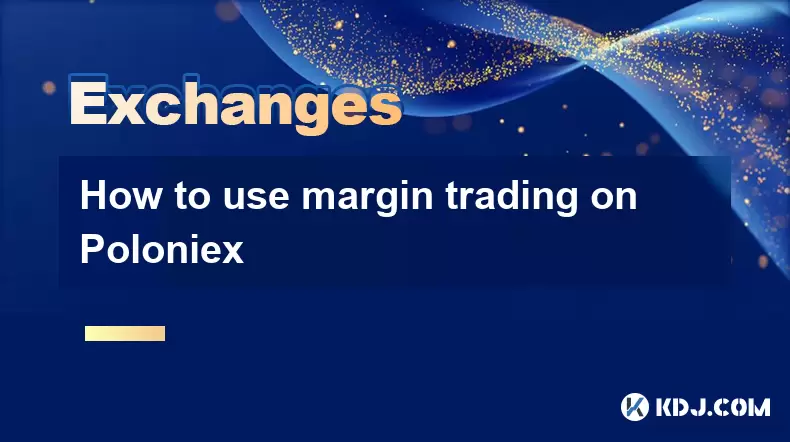
How to use margin trading on Poloniex
Aug 08,2025 at 09:50am
Understanding Margin Trading on Poloniex
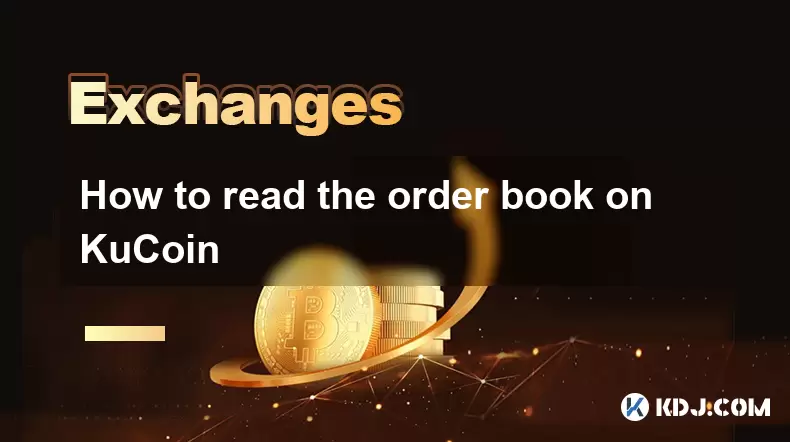
How to read the order book on KuCoin
Aug 10,2025 at 03:21pm
Understanding the Order Book Interface on KuCoinWhen accessing the order book on KuCoin, users are presented with a real-time display of buy and sell ...
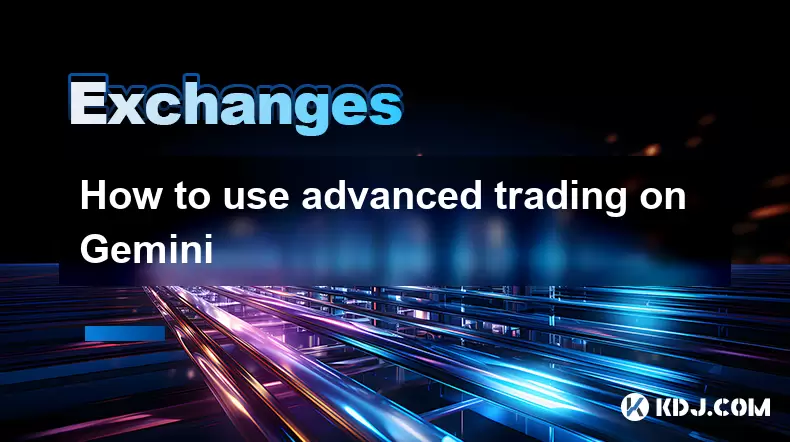
How to use advanced trading on Gemini
Aug 08,2025 at 04:07am
Understanding Advanced Trading on GeminiAdvanced trading on Gemini refers to a suite of tools and order types designed for experienced traders who wan...
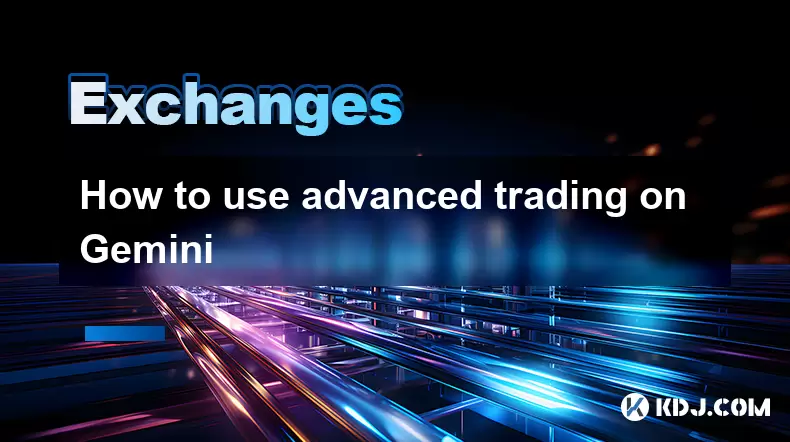
How to use advanced trading on Gemini
Aug 08,2025 at 10:56pm
Understanding Advanced Trading on GeminiAdvanced trading on Gemini refers to the suite of tools and order types available on the Gemini ActiveTrader p...
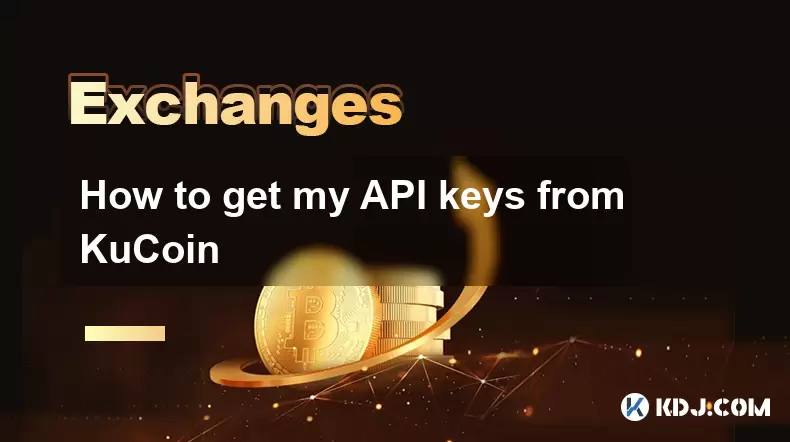
How to get my API keys from KuCoin
Aug 08,2025 at 06:50pm
Understanding API Keys on KuCoinAPI keys are essential tools for users who want to interact with KuCoin's trading platform programmatically. These key...
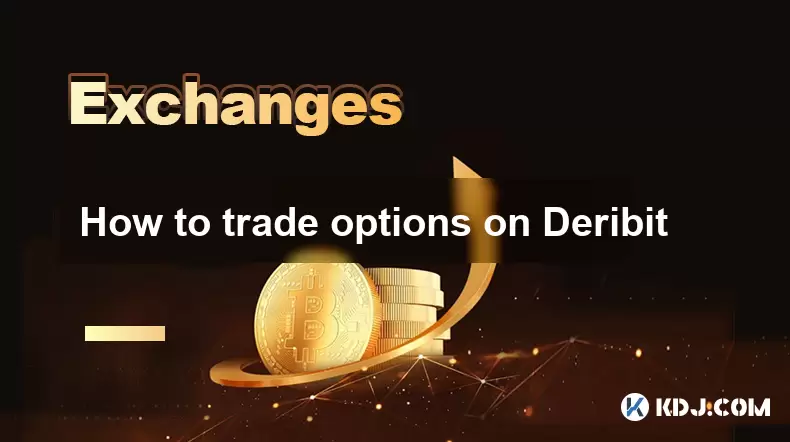
How to trade options on Deribit
Aug 09,2025 at 01:42am
Understanding Deribit and Its Options MarketDeribit is a leading cryptocurrency derivatives exchange that specializes in Bitcoin (BTC) and Ethereum (E...

How to use margin trading on Poloniex
Aug 08,2025 at 09:50am
Understanding Margin Trading on Poloniex

How to read the order book on KuCoin
Aug 10,2025 at 03:21pm
Understanding the Order Book Interface on KuCoinWhen accessing the order book on KuCoin, users are presented with a real-time display of buy and sell ...

How to use advanced trading on Gemini
Aug 08,2025 at 04:07am
Understanding Advanced Trading on GeminiAdvanced trading on Gemini refers to a suite of tools and order types designed for experienced traders who wan...

How to use advanced trading on Gemini
Aug 08,2025 at 10:56pm
Understanding Advanced Trading on GeminiAdvanced trading on Gemini refers to the suite of tools and order types available on the Gemini ActiveTrader p...

How to get my API keys from KuCoin
Aug 08,2025 at 06:50pm
Understanding API Keys on KuCoinAPI keys are essential tools for users who want to interact with KuCoin's trading platform programmatically. These key...

How to trade options on Deribit
Aug 09,2025 at 01:42am
Understanding Deribit and Its Options MarketDeribit is a leading cryptocurrency derivatives exchange that specializes in Bitcoin (BTC) and Ethereum (E...
See all articles





















